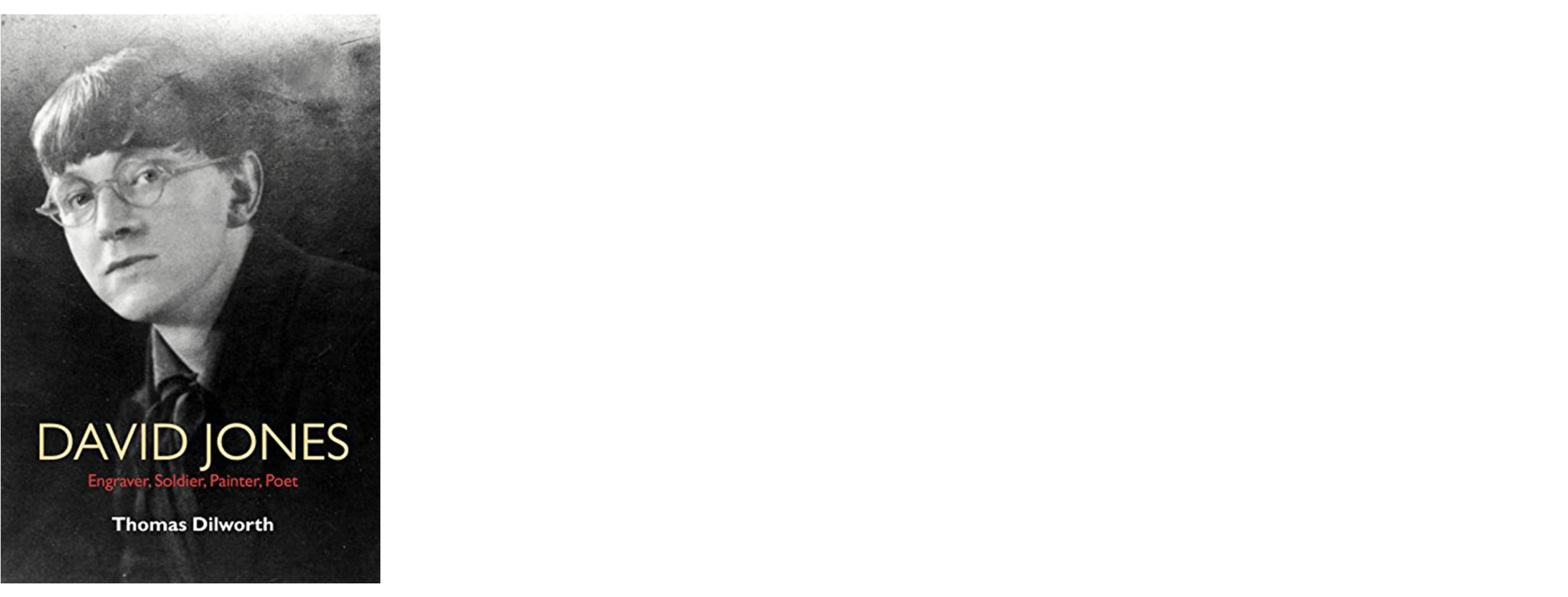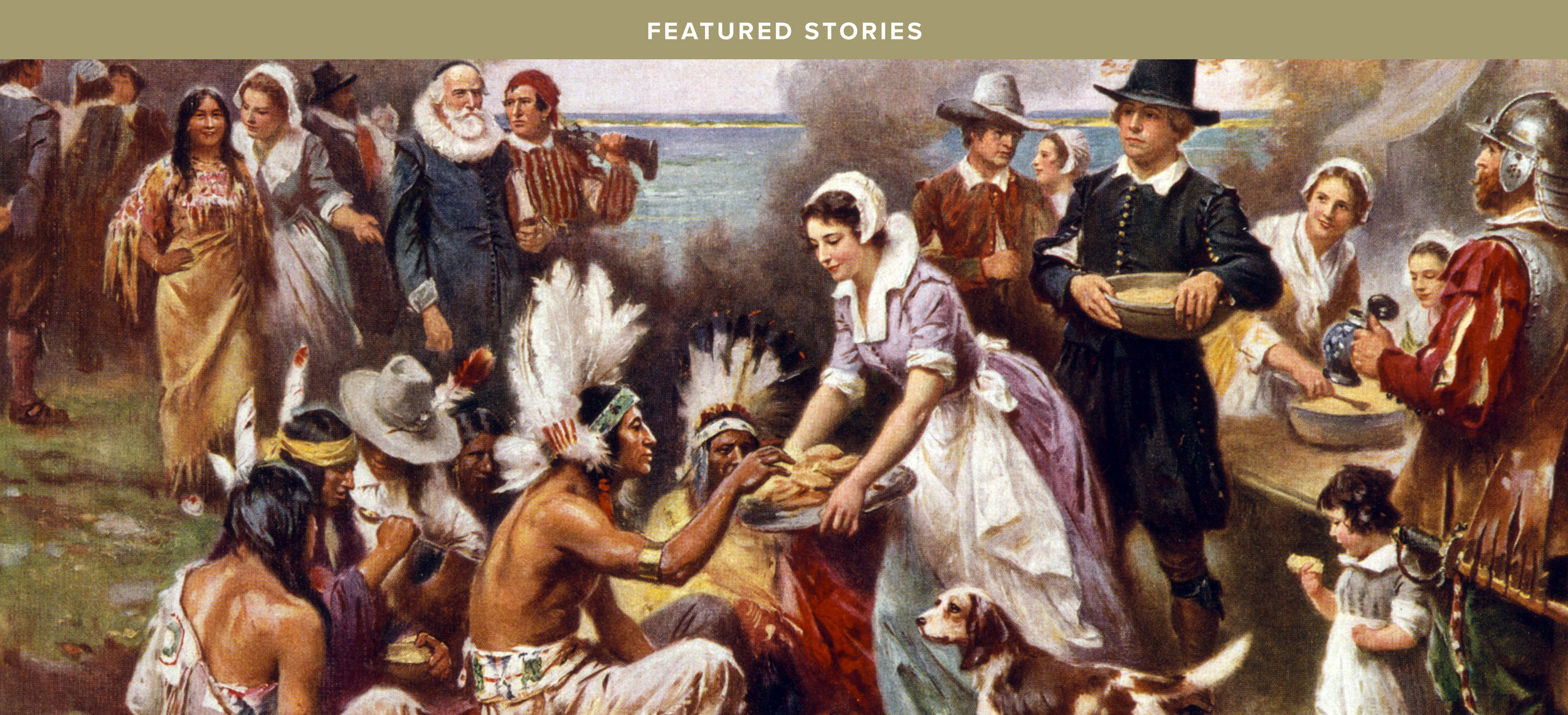Recognition for a Much-Neglected English Catholic Artist
Unlike Waugh, Greene, and Tolkien, David Jones is not a name cited by many Catholics interested in the Catholic literary renaissance of the twentieth century. It is a pity, not only because of Jones’s literary and artistic triumphs of the middle part of the century but also because this multi-talented polymath was a devout Catholic convert who understood his art in the light of the Incarnation and wrote about art as if it were a sacrament.
David Jones: Engraver, Soldier, Painter, Poet by Thomas Dilworth is the recently published and definitive biography of Jones. It will spark renewed interest in the various aspects of the Londoner’s creativity.
David Jones was born in 1895 in London to a Cockney mother and a Welsh father. London and Wales were to play central roles in his formation: emotionally, culturally, and intellectually. An ordinary Edwardian childhood ended abruptly, as it did for so many, with the onset of the First World War. Just 18 years old, Jones enlisted in the London Welsh Battalion of the Royal Welch Fusiliers. He was to serve 117 weeks on the Western Front—longer than any other British writer. His wartime experiences haunted him for the rest of his life. Dilworth records that even in 1971 Jones was still saying that his experiences, especially those on the Somme in 1916, were so terrible that “my mind can’t be rid of it.” Dilworth traces Jones’s subsequent phobias, developed in later years, back to the horrors of the trenches.
Something else happened on the Somme that, arguably, had a more profound impact upon Jones’s life than anything prior or subsequent to it: the experience of being present for the first time at Holy Mass.
Off duty one wet Sunday, Fusilier Jones wandered along the frontline looking for firewood. He came upon a byre where he thought he might find some wood. Putting his eye to a crack in the paling he spied two candles and a man dressed in liturgical vestments facing a stack of ammunition boxes covered in a white cloth. Half a dozen men knelt around this figure. Unexpectedly, the tinkling of a bell broke the silence, followed by Latin words, gently spoken. Jones was to express “marvel” at such a thing, which he realized was a Catholic Mass, taking place so close to the front line.
Jones had been brought up in a Christian home. His mother was Anglican, his father Non-Conformist. Jones had, therefore, an excellent knowledge of Scripture from an early age—Dilworth reckons as good if not better than any major twentieth-century writer. Nevertheless, by the time Jones “saw” the Mass for the first time, he was already being drawn intellectually and aesthetically to Catholicism. This moment of unlooked-for “sacramentality” impressed Jones deeply. He was never to forget it. In fact, his later ideas about art as “sacrament” were to be a constant lodestar.
After the war, Jones returned to London where he enrolled at the Westminster Art School. Soon after, he began to attend Mass at nearby Westminster Cathedral. There he greatly admired the recently erected Stations of the Cross created by the sculptor and artist, Eric Gill. The priest who was later to receive Jones into the Church in 1921 was Fr. John O’Connor. This priest had been instrumental in G.K Chesterton’s conversion, as well as the real-life model for Chesterton’s fictional detective, Father Brown. It was Fr. O’Connor who suggested that Jones meet his friend, Gill.
On becoming Catholic, Jones went to live at the artists’ colony founded by Gill. This semi-monastic community known as the Guild of St Joseph and St Dominic was situated at Ditchling in Sussex. While there, Jones was initiated into various arts including engraving and painting. In addition, he was exposed to Catholicism as a way of life.
Eventually, though, in 1924, Jones moved from the Guild—elements of which had by then relocated from Sussex to Wales—back to London. This time was also marked by a gradual shift in Jones’s artistic direction. Thereafter, as Dilworth recounts, changes of emphasis occurred a number of times in Jones’s work—from sculpture to painting, and on to poetry.
David Jones: Engraver, Soldier, Painter, Poet is handsomely produced, with many reproductions both of Jones’s artwork and his engravings. There are also many photographs of the places and participants in Jones’s life, all of which greatly enrich the text. Dilworth is adept at placing Jones within his times, and nowhere is this more striking than when Dilworth presents the various public figures who came to know and befriend Jones.
Although Jones lived modestly, with a seemingly monastic detachment from possessions and wealth, he was a welcome and beloved visitor at the homes of the wealthy and the powerful, from Downing Street to Buckingham Palace, and through to the home of T.S. Eliot (his publisher at Faber and Faber). For the last twenty years of his life, from the early 1950s onwards, Jones was living in a ‘cell-like’ room in Harrow, in North West London. And yet, this small room, in a shared household, was to witness a constant parade of composers, poets, film stars, actors, artists, writers, and politicians who came to visit him. When Stravinsky visited Jones in his cold room, he was deeply impressed and came away saying, “I have been in the presence of a holy man.” Jones had the gift of friendship right across the social spectrum, something even more remarkable when Dilworth points out the poet’s agoraphobia and panic attacks of later years, all of which left him vulnerable to the temptation of complete withdrawal from the world.
Jones’s ardent and often (on his side) emotionally fraught relationships with women are sensitively recorded. None ended in marriage. Early in his life, Jones felt that he was temperamentally unsuited to marriage, a view with which the women in his life came to agree. During his years at Ditchling and subsequently, Jones had an intense, if ultimately unhappy, relationship with Gill’s daughter, Petra. The same pattern came to be repeated throughout his life: passionate devotion on his side, followed by the marriage, in due course, of the beloved woman to someone else. Jones’s emotional wellbeing was fragile, and these romantic intensities highlighted this. Inevitably, after such experiences, periods of depression ensued.
Unlike many artists, and poets in particular, Jones was recognized in his lifetime receiving various awards and a State pension for his services to Literature. Unusually, as well, his poetic contemporaries lionized him. Eliot was a great admirer, calling Jones’s In Parenthesis (1937) “a work of genius”; W.H. Auden thought Jones’s long Eucharistic poem The Anathemata (1952) the “finest long poem written in English this century.” Such acclaim changed Jones not one jot. He continued to paint, to write, to draw, and to pray.
Throughout his life, Jones was quietly devout. Dilworth’s biography marks his regular going to Holy Mass on Sundays, his going to Confession, his well-thumbed prayer book and Missal, and his love for the Latin liturgy. Jones lamented the liturgical changes of the post-Vatican II era, missing the musical forms and silences of the “old Mass.” In fact, Jones was one of the signatories of what became known informally as “The Agatha Christie Indult”—the 1971 permission to continue saying the Tridentine Mass in England—so-called because it is said Pope Paul VI immediately granted the request upon spying the famous crime writer’s name upon it.
In David Jones: Engraver, Soldier, Painter, Poet, Dilworth succeeds in weaving the private life of David Jones, the man, and the public life of Jones, the artist, into one recognizable and readable whole. Dilworth’s view of Jones is a sympathetic one. He is, however, not blind to the man’s foibles and eccentricities. On the subject of Jones’s Catholicism, Dilworth paints for the reader a warts-and-all portrait. Jones is a sinner as well as a devout man, and a believer, even if one who struggled from time to time to make sense of his faith, but one who, in the end—he died in 1974—never lost that sense of mysterious wonder he glimpsed first upon a battlefield as Holy Mass was taking place.
Dilworth maintains David Jones was a British original: sui generis. Perhaps this is why Jones is neglected today. Even those interested in English poetry of the twentieth century will have rarely read his work—he is at best a cult figure for a few. And yet Dilworth argues that Jones’s place is with the greatest literary exponents of the modern era—Joyce, Eliot and Pound. Dilworth concludes his biography claiming that Jones “may be the foremost British [literary] modernist” and that his “creative life is probably the greatest existential achievement of international modernism.” These claims are especially interesting given Jones’s heartfelt and overt Catholicism, a trait clearly evident throughout his work, and, thanks to this biography, no doubt one that will be investigated further in the years to come.
Image of book credit: “David Jones, Human Being,” 1931 / Private Collection©Trustees of David Jones Estate.
This article was first published in Crisis Magazine and is republished with permission.
K. V. Turley writes from London.








